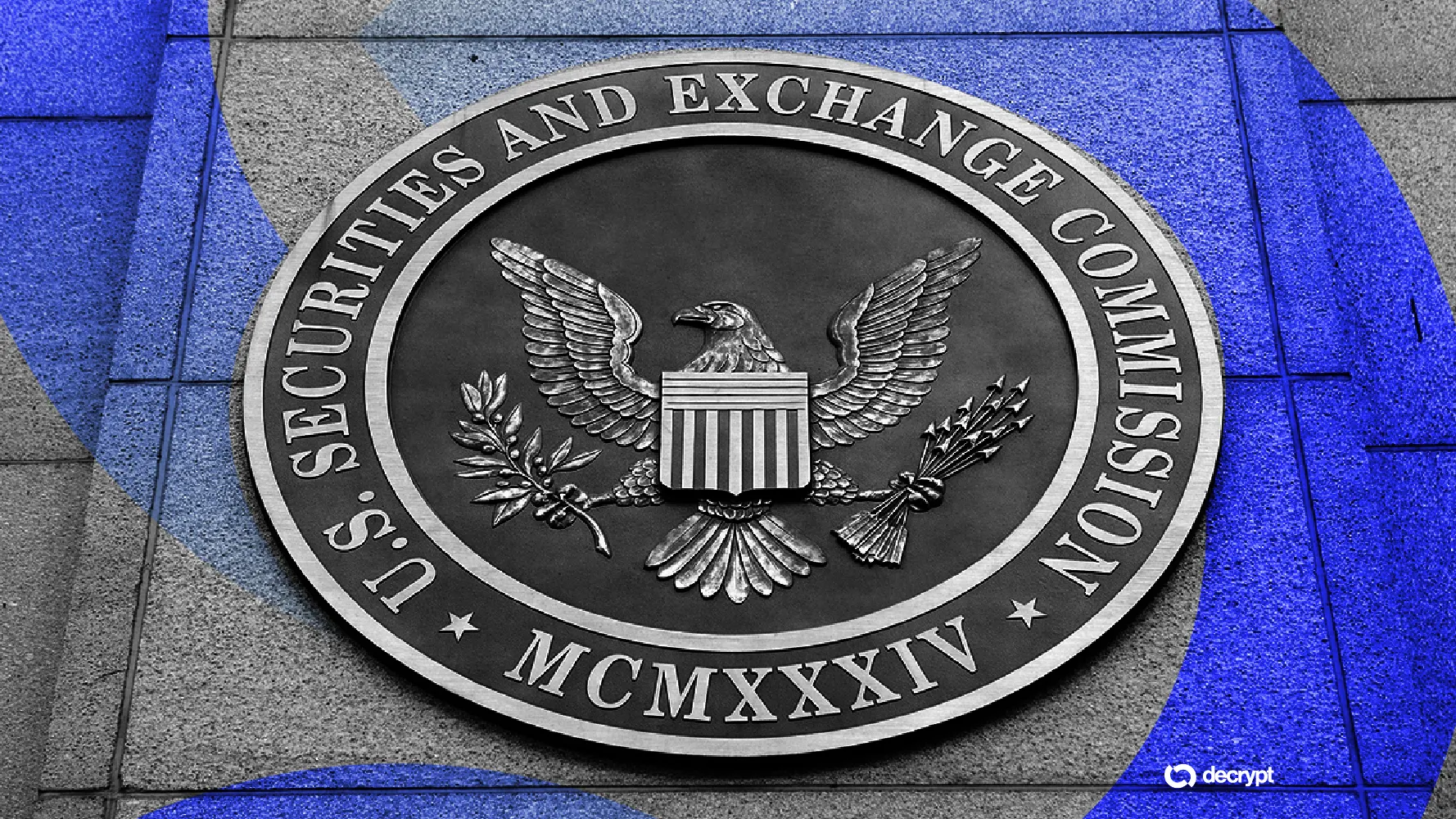Decentralized exchange Hyperliquid delisted perpetual futures for the Solana-based meme coin JELLYJELLY on Wednesday, describing the move as critical to ensuring its network’s integrity amid a looming liquidation crisis.
Hyperliquid uses its own high-speed blockchain, built upon the Ethereum layer-2 network Arbitrum, and the project said its networks’ validators had convened to take “decisive action,” in a post on X (formerly Twitter).
The decision came after a Hyperliquid user opened a $6 million 20x leveraged short on JELLYJELLY that became toxic as the meme coin’s price rose. On X, spectators speculated that the user may have intentionally tried to liquidate themselves, forcing the decentralized exchange to take over the bad bet as it spiraled out of control.
On Thursday, JELLYJELLY’s price surged as high as $0.043, according to the crypto data provider CoinGecko. Around 2:30pm Eastern Time, it was changing hands around $0.023, showing a 73% jump in value over the past day.
Though Hyperliquid said the decision to delist JELLYJELLY was a collective choice, the move sparked criticism as some traders and industry observers argued that it conflicted with decentralized finance, or DeFi, norms.
“Let’s stop pretending Hyperliquid is decentralized,” Arthur Hayes, co-founder and former CEO of the crypto exchange BitMEX, said on X.
Users that had JELLYJELLY positions on the platform would be “made whole from the Hyperliquid Foundation” at a later date, Hyperliquid said in the post. The Hyperliquid Foundation is a distinct entity that’s responsible for governing the project’s overall direction.
As the decentralized exchange began unwinding the toxic JELLYJELLY bet, a community-owned vault dubbed the Hyperliquidity Provider (HLP) temporarily took a hit.
In this episode, we speak to CEO of Jelly Jelly, Iqram Magdon-Ismail, and investor Sam Lessin about why they decided to launch the JELLYJELLY token, how they can separate the product from crypto degeneracy, and if they have a plan for the token yet.
The vault, where users can pool funds and potentially earn a return as the HLP executes trading strategies and accrues platform fees, saw its all-time profits dip by $11 million, according to Hyperliquid’s website. Those losses were subsequently reversed.
Still, the development spooked the market for HYPE. The cryptocurrency, which is Hyperliquid’s native token, saw its price fall nearly 14% over the past day to $13.85, as of this writing.
The drama surrounding Hyperliquid on Thursday echoed a $4 million loss that the HLP sustained earlier this month. A user on the decentralized exchange made $1.8 million by liquidating themselves, sticking the HLP with another bad bet instead of selling.
Decentralized exchange Hyperliquid said on Wednesday that a user was able to profit on a highly leveraged Ethereum trade before it was liquidated.
A user with a wallet beginning in “0xf3f4” was able to make $1.8 million in profit before the position was forcibly closed, the DEX said in a post on X, formerly known as Twitter.
Hyperliquid emphasized that the $285 million Ethereum trade was not related to a “protocol exploit or hack.”
But the user’s bet, which relied on 50x leverage to supercharge...
When an investor takes on leverage, they are borrowing funds to control a larger position than they could otherwise. That position is often secured by collateral, which can be automatically sold by an exchange to cover losses if a leveraged bet sours beyond a certain point.
Earlier this month, Hyperliquid said that it would reduce the amount of leverage that traders could access for Bitcoin and Ethereum. The project also said it would increase maintenance margin requirements for leveraged bets teetering toward liquidation.
When Hyperliquid’s validators opted to delist JELLYJELLY on Thursday, $3.7 million in JELLYJELLY positions were settled at a price of $0.0095 per token.
Doug Colkitt, founder of the decentralized trading protocol Ambient Finance, said on X that overriding JELLYJELLY’s so-called oracle price left “the attacker with a small loss.”
A crypto whale that opened over 300 heavily leveraged short positions on Bitcoin, totaling more than $521 million, closed the shorts on Tuesday and pocketed a profit of $3.9 million. This green trade was made despite a platoon of crypto traders looking to wreck the whale’s position, seeking to boost the price of Bitcoin above the liquidation level.
A short trade is a bet that an asset’s price will drop; the lower it goes, the more money the trader makes. In this scenario, the whale had placed a...
On Thursday, crypto exchanges Binance and OKX launched perpetual futures contracts for JELLYJELLY, allowing their users to speculate on the meme coin that was launched as part of a marketing campaign for a podcast app months ago.
The price of meme coins, which trade on little more than vibes, will often jump when an exchange decides to list them. Some X users suggested, without providing evidence, that the crypto exchanges were attempting to “bury a competitor” amid the liquidation drama.
When it comes to the centralization of Hyperliquid’s network, experts raised concerns after North Korean-linked wallets started using the platform in December. At the time, the network had just four validators.
Binance and OKX did not immediately respond to a request for comment from Decrypt.
Edited by Andrew Hayward
Daily Debrief Newsletter
Start every day with the top news stories right now, plus original features, a podcast, videos and more.






